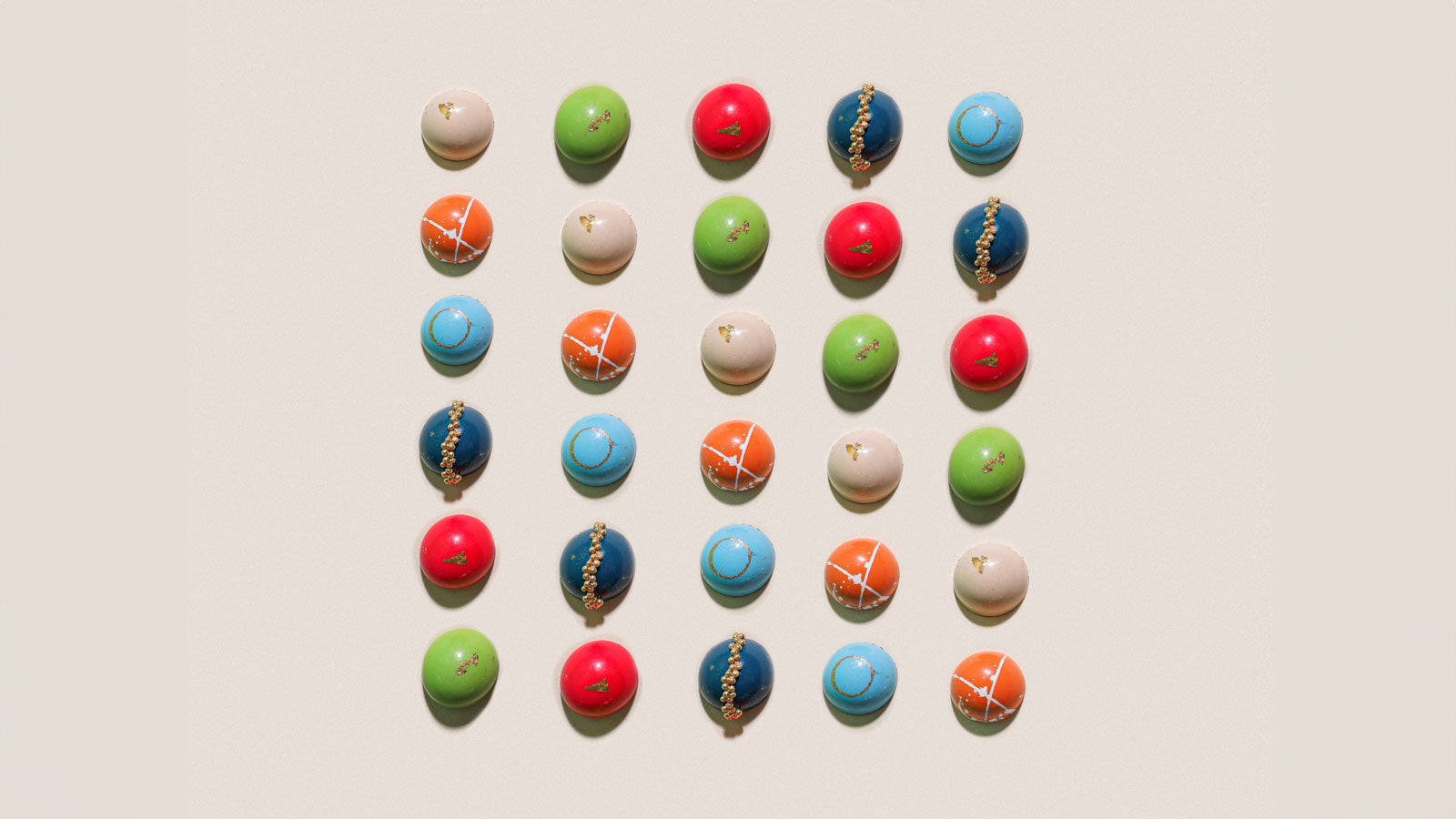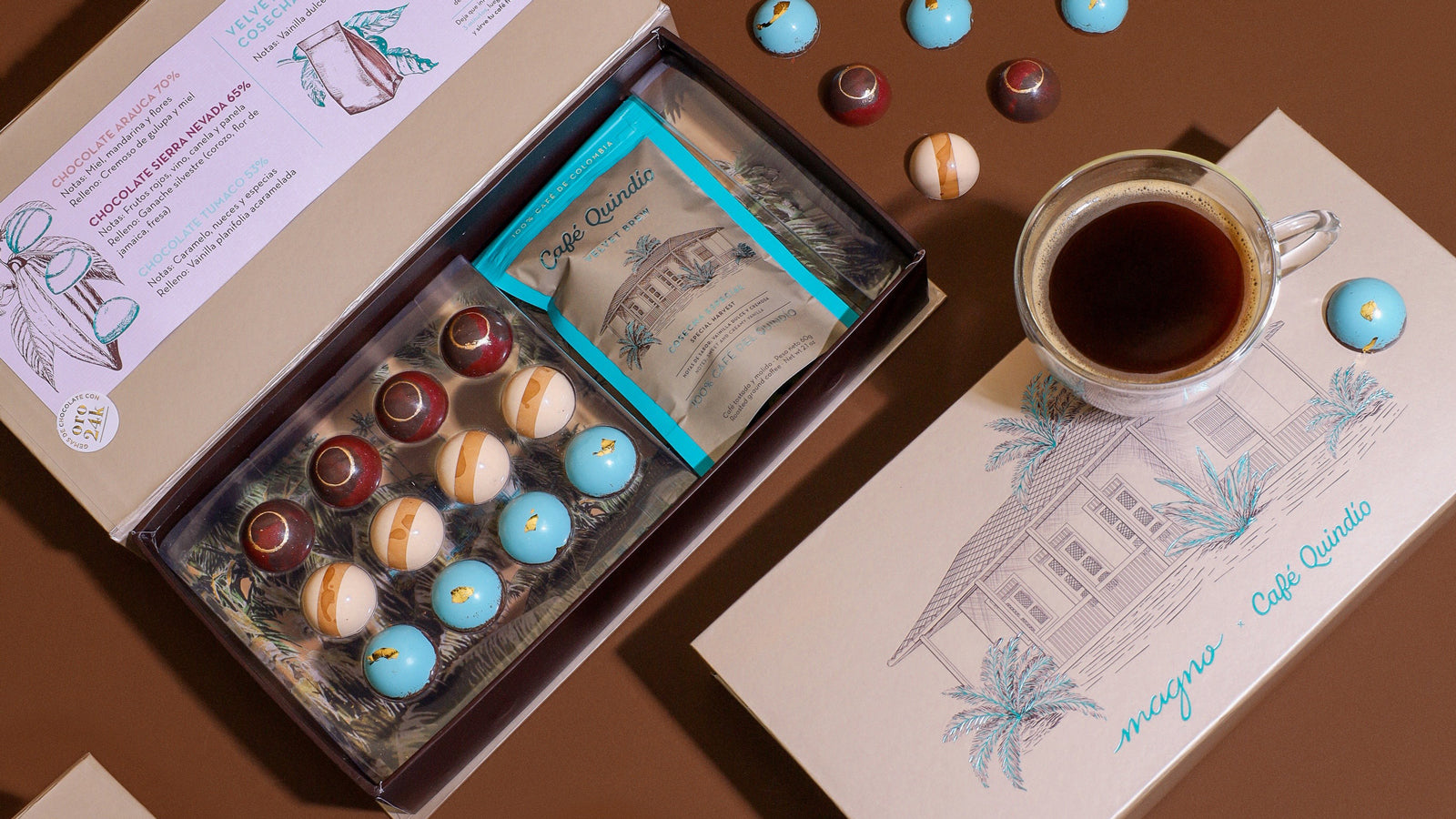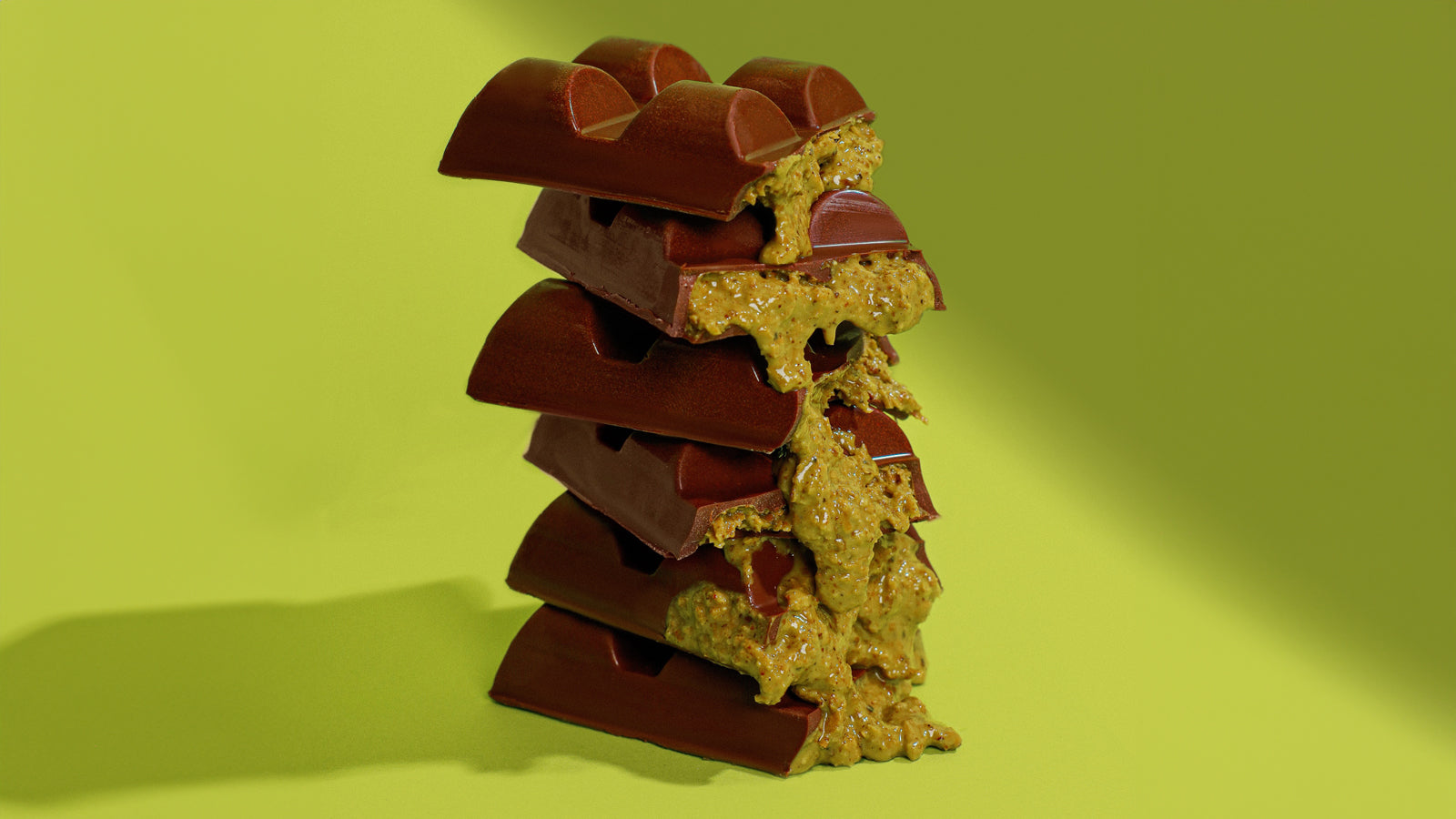Ask most people which country makes the best chocolate, and you’ll likely hear Swiss Chocolate or Belgian chocolate. But the truth is, these countries no longer stand out when it comes to truly great chocolate. So, where can you find the best chocolate? Here’s the surprise (or maybe a let down to those waiving their own flags): Good chocolate is not tied to any one country anymore. Amazing chocolate is found all over the world, and the common thread has nothing to do with nationality. Instead, it is their use of high-quality cacao and the care that goes into transforming it into chocolate.
What Really Makes Chocolate Great?

As we mentioned, to find the best chocolate, you need to look beyond borders and focus on what matters frist: the cacao. This is the foundation of flavor, and without high-quality cacao, no amount of marketing or processing can make up for it.
While cacao genetics and terroir (the environment where cacao is grown) play a role, great chocolate also depends on the care from both the farmer and the chocolate maker. When all these factors align, the result is exceptional chocolate. The best chocolate makers understand the entire production process—from selecting the right cacao beans to perfecting the roasting and conching process during chocolate production.
What Country Stands Out Today?

So, if you were expecting to find one country as the clear leader, we won’t say—but we will note that what's happening in the Americas is quite exciting. While there are amazing chocolate makers in both Europe and around the world, it's incredible to see the explosion of traditional cacao exporting countries now starting to make and process chocolate within their borders. We've focused on Latin America, since we've seen this first hand.
The Rise of Fine Chocolate in Latin America
In recent years, Latin America has emerged as a hub for fine chocolate, with countries like Ecuador, Peru, and (all bias aside) Colombia in the mix. What makes Latin America stand out isn’t just the access to high-quality fine flavor cacao,

For a little context, much of the world's bulk cacao is produced in West Africa, where issues such as child labor and slave-like working conditions have been documented. With West Africa responsible for the majority of the cacao supply, if a chocolate bar doesn’t list the origin of its cacao, there's a high chance it could be tied to these unethical practices. Traceable cacao, on the other hand, ensures transparency and a commitment to ethical production, offering chocolate enthusiasts peace of mind while enjoying their favorite treat.
It’s exciting to see Latin American chocolate on the rise. Local artisanal chocolate makers are leading the charge and making waves globally. Yes, our home country, Colombia makes good cacao, but it also has everything it needs to become a true chocolate powerhouse. It boasts
Debunking the European Chocolate Myth

For years, Belgium, Switzerland, and other European makers dominated the chocolate industry. The techniques and formulation has ushered in much of what we know and love as chocolate. But as mass-market brands grew, the focus shifted to creating an easily replicable, but ultimately bland product. Over-processing techniques, like excessive conching, are the status quo in Europe and the rest of the western world. While this helps deliver a smooth texture and remove undesirable faults in poor quality cacao, it also removes the interesting flavors of good cacao. While mass-produced European chocolate is arguably better in relation to other mass-produced chocolates, it's nothing to really to praise especially with the caliber of options in the market today.
So, the idea that a single European country's chocolate is automatically the best is simply not true. In fact, we'd argue the contrary since the majority of European chocolate contains bulk cacao which is poor quality both ethically and from a flavor standpoint. Again, while they're great at processing and hiding these unfavorable attributes, they rely heavily on sugar and milk and other "natural flavors" to mask its flaws. The truth is when you use high-quality cacao beans the cacao’s natural complexity speaks for itself.
That being said, we want to clarify that not all Europeans use bulk cacao and over-process their chocolate. In fact, bulk cacao is used in creating upward of 70% of all chocolate worldwide so this is something happening on a global scale. Additionally, we'd like to highlight that there are many Europeans (including Swiss and Belgians) importing high quality cacao and paying close attention to every detail of the process. So, even though you can find incredible chocolate in both countries we just want to caution people from singling out one as superior without considering all of the details that go into making great chocolate.
The Importance of Ethics in Chocolate

Selecting traceable cacao is more than just a buzzword; it’s a game-changer. Knowing your chocolate wasn’t made at the expense of exploited workers enhances the entire experience, not just morally, but in the quality of what you’re tasting. We argue that ethical chocolate is inherently better than untraceable chocolate for this reason alone.
So that's why if we're looking for the best chocolate, knowing where it came from and how it was made should be something that's heavily weighted in the decision. Choosing chocolate made from traceable cacao not only supports better practices but often results in a superior product that reflects the care and attention of its origins.
How to Find Which Country Has the Best Chocolate in the World

So as we mentioned if you’re on the hunt for the best chocolate, start by looking for brands that use traceable cacao. When buying chocolate see if the producer is able to list where it's from. The more specific the better. When the attention is emphasized on where their cacao comes from, there's a higher chance the chocolate is more attuned to the unique flavors that come with it. While traceability alone doesn’t guarantee quality, it’s a good way to filter out mass-produced, low-grade options.
Next, check the ingredient list—great chocolate doesn’t need a lot of ingredients. The first ingredient should be cacao. Next in the ingredient list should be sugar, cocoa butter, (maybe some lecithin for fluidity), and possibly pure vanilla—but watch out for 'natural flavors.' Additionally if cacao isn’t listed as the first ingredient, consider it a red flag.

If you want a jump start at finding the best chocolate, we highly recommend you check out the winners of the International Chocolate Awards. These chocolates are not only traceable, but they’ve also been rigorously judged for their flavor and craftsmanship. And if you look at the list of winners, you’ll notice they're not coming from a single country, but from all over the world. As we've mentioned good chocolate is global.
The Future of Fine Chocolate
As the chocolate world evolves, it’s clear that the future belongs to those who focus on quality cacao, ethical practices, simple ingredients, and artistry. Chocolate transcends borders—when crafted with care, it becomes a global journey of discovery. Just as we’re not labeling any one country as producing the best chocolate, the same applies to bad chocolate. Poor-quality chocolate can come from anywhere (including Colombia) if the process isn't handled with care, from sourcing cacao to the final product. It's not about the location—it's about the integrity of each step along the way.
So, next time you’re craving the best chocolate, don’t limit yourself by nationality. Look for traceable cacao, honest ingredients, and a passion for craftsmanship. And with that said we invite you to taste Magno Chocolates takes place.


